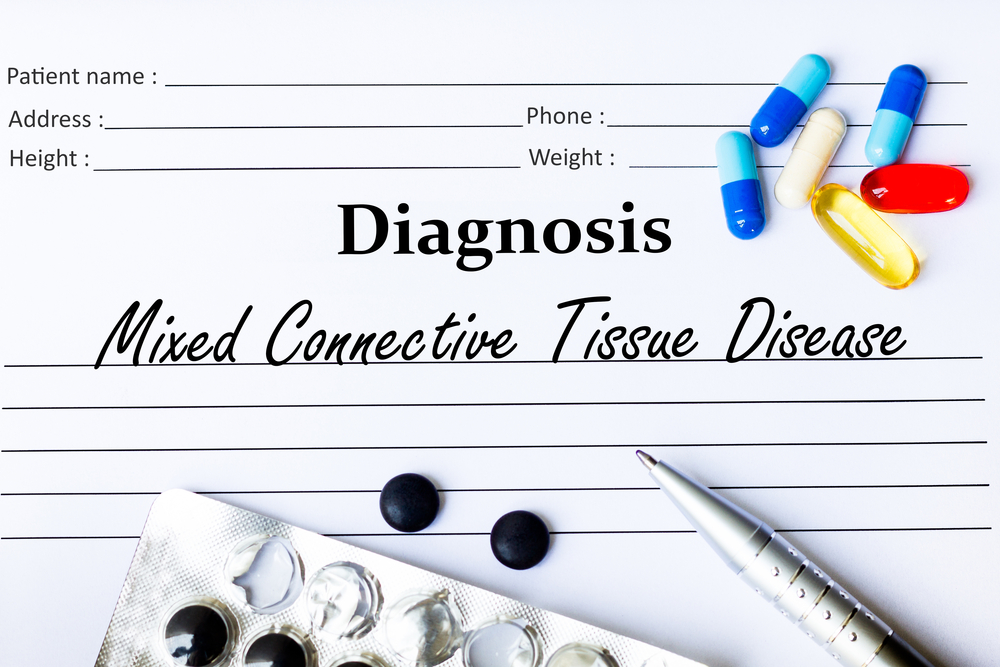A connective tissues disease generally affects the structure of your body. Connective tissues connect everything inside the body, and they support body organs. These tissues are filled with elastin and proteins collagen. Connective tissue diseases inflame the tissues, and this will cause your body to be in bad shape.


